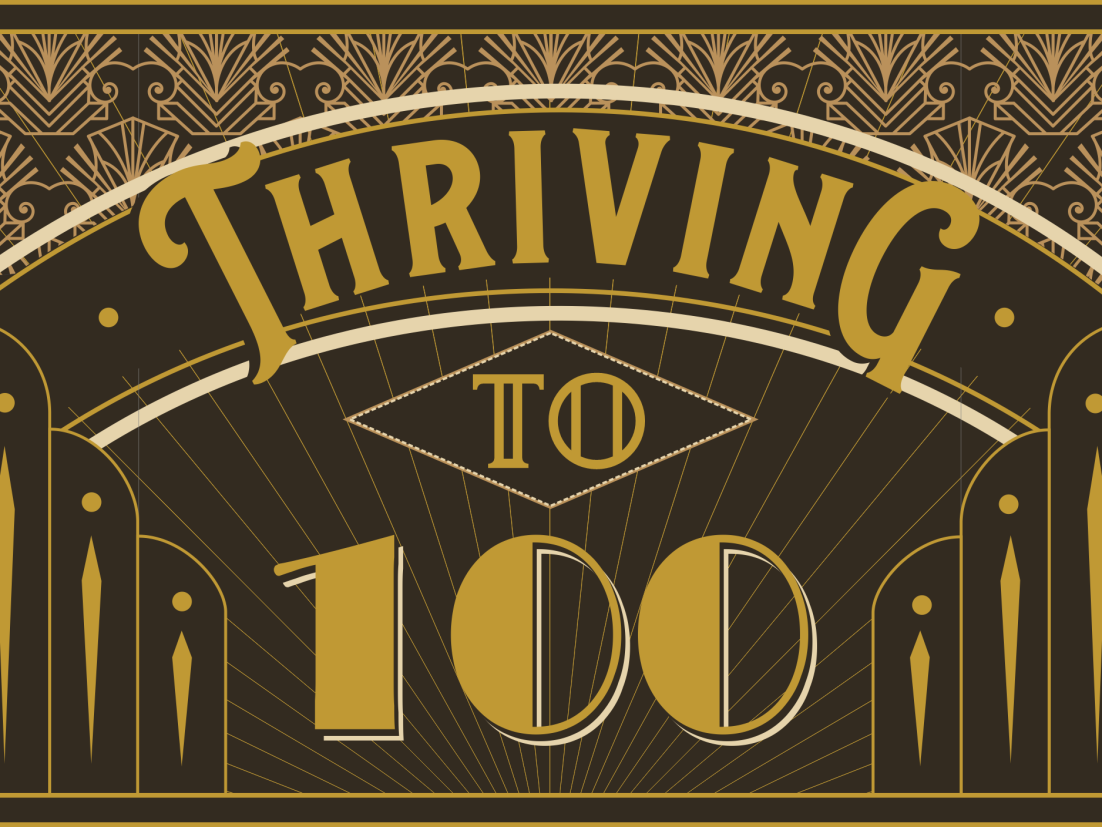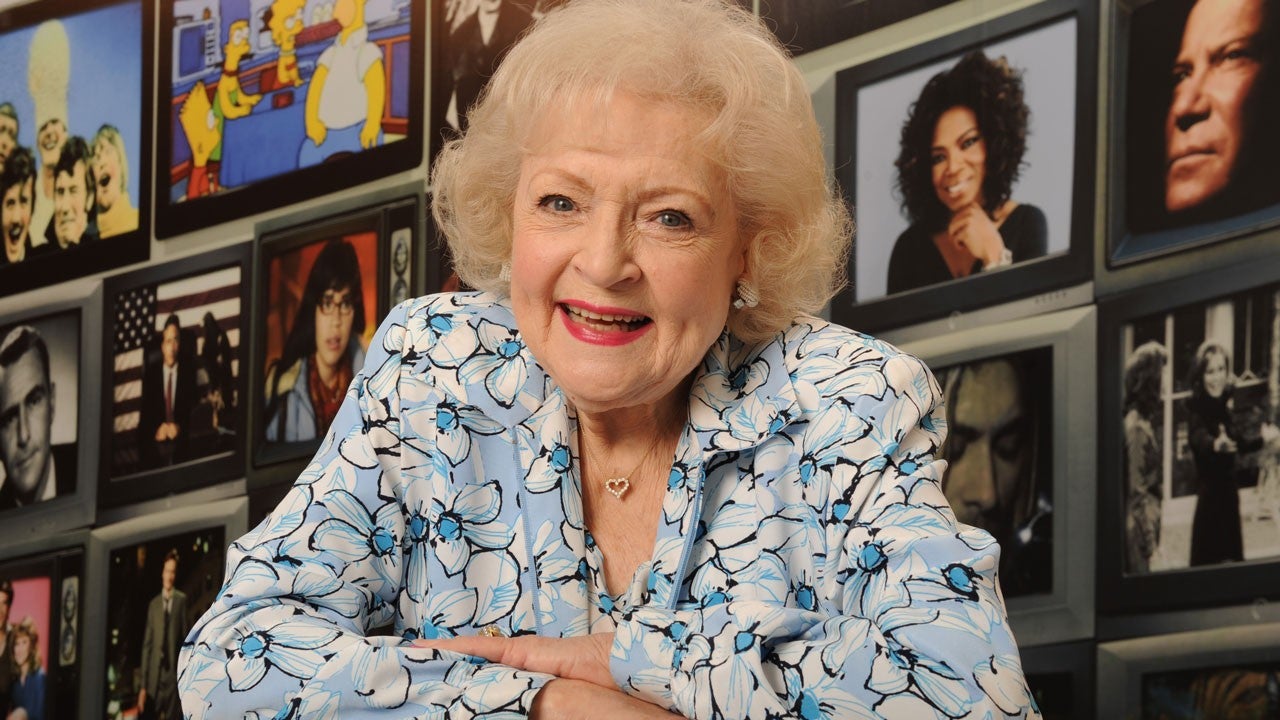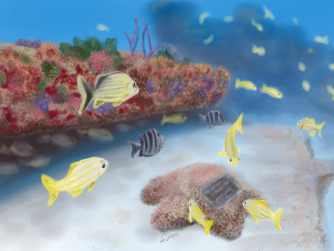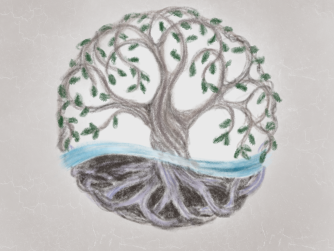On New Year’s Eve, amongst plans for her 100th birthday, Betty White died. What does it take to live to be 100? The world was home to nearly half a million centenarians (people ages 100 and older) in 2015, more than four times as many as in 1990, according to United Nations estimates. And this growth is expected to accelerate, projections suggest there will be 3.7 million centenarians across the globe in 2050. We talk about how to live to 100 along with other things that are 100, specifically Cheez-Its.
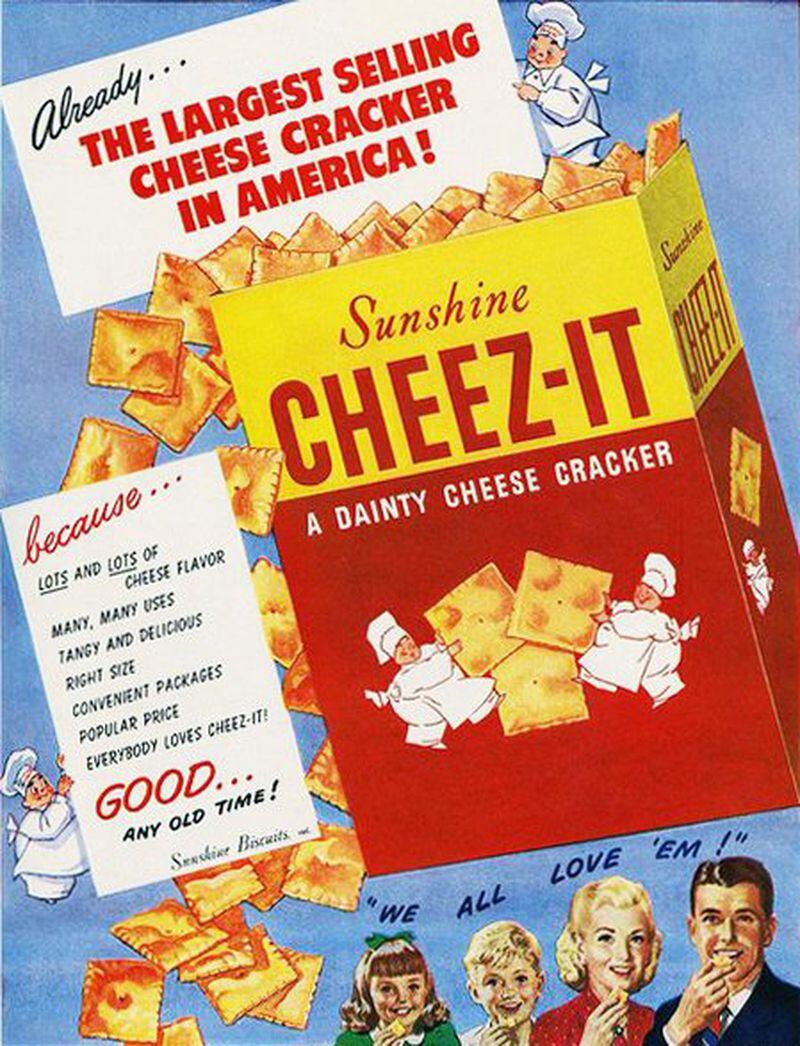
We are asking our listeners to join us in the Betty White Challenge, a social media campaign that is meant to promote animal care while remembering Betty White.
The Betty White Challenge asks that participants pick a local rescue or animal shelter in your area and donate $5 in her name. The challenge is set to take place on January 17, 2022, which would have been White’s 100 birthday. Make her 100th birthday special in honor of a cause she was so passionate about. #BettyWhiteChallenge
How long can a human live?
The world was home to nearly half a million centenarians (people ages 100 and older) in 2015, more than four times as many as in 1990, according to United Nations estimates. And this growth is expected to accelerate projections suggest there will be 3.7 million centenarians across the globe in 2050.
While most of us can expect to live to around 80, some people defy expectations and live to be over 100. In places such as Okinawa, Japan and Sardinia, Italy, there are many centenarians. The oldest person in history – a French woman named Jeanne Calment – lived to 122. When she was born in 1875, the average life expectancy was roughly 43.
But just how long could a human actually live? It’s a question people have been asking for centuries. While average life expectancy (the number of years a person can expect to live) is relatively easy to calculate, maximum life span estimates (the greatest age a human could possibly reach) are much harder to make. We have a link on our webpage to our show about understanding life expectancy. Previous studies have placed this limit close to 140 years of age. But a more recent study proposes that the limit to human life span is closer to 150 (I’ll tell you more about this study in a minute).
Calculating life span
The oldest and still most widely used method for calculating life span is the Gom/pertz equation. This is the observation, first made in the 19th century, that human death rates from disease increases with time. Essentially, this means your chance of death – from cancer, heart disease and many infections, for example – roughly doubles every eight to nine years.
This formula can be adjusted to account for how different factors (such as sex or disease) affect the life span within a population. Gom/pertz calculations are also used to calculate health insurance premiums – which is why these companies are so interested in whether you smoke, whether you are married and anything else that might allow them to more accurately judge the age that you will die.
A different way to calculate how long we can live is to look at how our organs decline with age and run that rate of decline against the age at which they stop working. For example, eye function and how much oxygen we use while exercising show a general pattern of decline with aging, with studies calculating that organs will only function until the average person is around 120 years old. These studies also document variation between people as they grow older. For example, some peoples’ kidney function declines rapidly with age while in others it hardly changes at all.
Now researchers in Singapore, Russia, and the US have taken a different approach to estimate the maximum human life span. Using a computer model, they estimate that the limit of human life span is about 150 years.
These researchers hypothesized that there would be a relationship between your chance of death and how rapidly and completely you recover from illness. This is really about your ability to maintain homeostasis – your normal physiological equilibrium or evenness– and is known as resilience.
In fact, aging can be defined as the loss of ability to maintain homeostasis. Typically, the younger the person, the better they are at recovering rapidly from illness.
Aging can be defined as the loss of ability to maintain homeostasis – your normal physiological equilibrium or evenness.
The study was what is called a modelling study, which is the process that assigns relational rules to data. A Data Model un-complicates data into useful information that researchers can then use for decision-making and strategy.
The researchers took blood samples from over 70,000 participants aged up to 85 and looked at short-term changes in their blood cell counts (CBC). The number of white blood cells a person has can indicate the level of inflammation (disease) in their body, while the volume of red blood cells can indicate a person’s risk of heart disease or stroke, or cognitive impairment, such as memory loss. The researchers then simplified this data into a single parameter, which they called the dynamic organisms state indicator (Dosi).
Changes in Dosi values across the participants predicted who would get age-related diseases, how this varied from person to person, and modelled the loss of resilience with age. These calculations predicted that for everyone – regardless of their health or genetics – resilience failed completely at age 150, which established a theoretical limit to human life span.
But estimates of this type assume that nothing new will be done to a population, such as, no new medical treatments will be found for common diseases. This is a major flaw, since significant progress occurs over a lifetime and this benefits some people more than others.
For example, a baby born today can rely on about 85 years of medical progress to enhance their life expectancy, while an 85-year-old alive now is limited by current medical technologies. As such, the calculation used by these researchers will be relatively accurate for old people but will become progressively less so the younger the person you’re looking at.
The Dosi limit for maximum life span is about 25% longer than what had previously been predicted.
Aging Calculator for how long you will live….to give you an idea as to where you are.
If you want to live to 100, you need four important things.
First is good genes, which makes living to be more than a hundred unassisted a good bet. You can’t control this, but genetics sets you up to live a long live.
Second, an excellent diet and exercise plan, which can add up to 15 years to life expectancy. (take a listen to our podcast about exercise). Red wine is also good for you.
Third, a healthy environment and mental health. This includes community, family, and a positive attitude.
And lastly, a breakthrough in turning our knowledge of the biology of aging into that can increase healthy life span. Will talk about this in a later show, so stay tuned. But it is important to note that we will not live to 100 if we die younger. So, taking advantage of what science has to offer to keep us alive…such as antibiotics and vaccines is a great place to start. We have talked many times about the value of vaccinations as a way of preventing death from diseases like pneumonia, flu, and COVID. So, take advantage of what science has to offer to increase your chances of living to 100.
Even given the current pace of progress, we can confidently expect life expectancy to increase because it has been doing this since Gom-pertz was alive in the 1860s. In fact, as you spend 30 minutes listening to this podcast, average life expectancy will have increased by six minutes. Unfortunately, at that rate, the average person won’t live to 150 for another three centuries.
Betty White on Living to 100
What did Betty White have to say about how to live to 100? In various interviews she reported that she was still indulging in hot dogs and vodka, that she loved French fries and potato chips, she drank diet coke and liked to snack on red vines liquorish.
She said that a positive attitude as most important. “I know it sounds corny, but I try to see the funny side and the upside, not the downside,” she said to Parade magazine in 2017, ahead of turning 96. “I get bored with people who complain about this or that. It’s such a waste of time…Accentuate the positive, not the negative”. In an interview before her 98th birthday she said she walked a mile a day. She was adored by her fans, had 3 husbands, the last Allen Ludden, was the love of her life.
On December 29th, two days before her death Betty White was asked by ET about her thoughts about turning 100. In this interview she said “”[I’m] amazed,” “No, seriously, I’m the luckiest broad on two feet to be as healthy as I am and to feel as good as I do!” As for White’s big birthday wish? She gave ET a single name: “Robert Redford.” (who she said she had a crush on, had never met, and he was 20 years younger than her).
Her publisher gave an interview where he said “People are saying her death was related to getting a booster shot three days earlier, but that is not true. She died of natural causes, her death should not be politicized — that is not the life she lived.” Betty was once asked that ‘if heaven existed, what would she like go to say to her when she walked through the Pearly gates, to which she replied, “Come on in Betty. Here’s Allen.”
Resources
- Betty White’s Birthday Movie: https://www.fox5atlanta.com/news/betty-whites-100th-birthday-celebration-coming-to-theaters-nationwide
- What is your life expectancy? Try this online calculator: https://www.livingto100.com/calculator
Be sure to listen to our shows:
Pyrkov, T. V., Avchaciov, K., Tarkhov, A. E., Menshikov, L. I., Gudkov, A. V., & Fedichev, P. O. (2021). Longitudinal analysis of blood markers reveals progressive loss of resilience and predicts human lifespan limit. Nature communications, 12(1), 2765. https://doi.org/10.1038/s41467-021-23014-1
Recipe of the Week
In 1921, the Green & Green company unveiled the “baked rarebit,” known as the Cheez-It. Welsh Rarebit, at its most basic form, is essentially a cheese sauce spread on toast. Some 19th-century English recipes specifically call for cheddar cheese. To this day, Cheez-It still advertises 100 percent real cheese, which draws a connection to its rarebit roots. These rectangular baked crackers are made from cheese, wheat flour, paprika, and other secret ingredients. The cheesy taste and orange color are two of the hallmarks that give Cheez-It its name.
By 1932, Green & Green packed up its last Family Tin of Cheez-it and sold the business to Kansas City’s Loose-Wiles Biscuit Company. In 1947, the Loose-Wiles Biscuit Company became the Sunshine Biscuit Company; in 1996, Keebler acquired Sunshine; and in 2001, Kellogg acquired Keebler.
You can make your own cheese crackers, or as they are known in the south, cheese straws, with this recipe from Southern Living.



